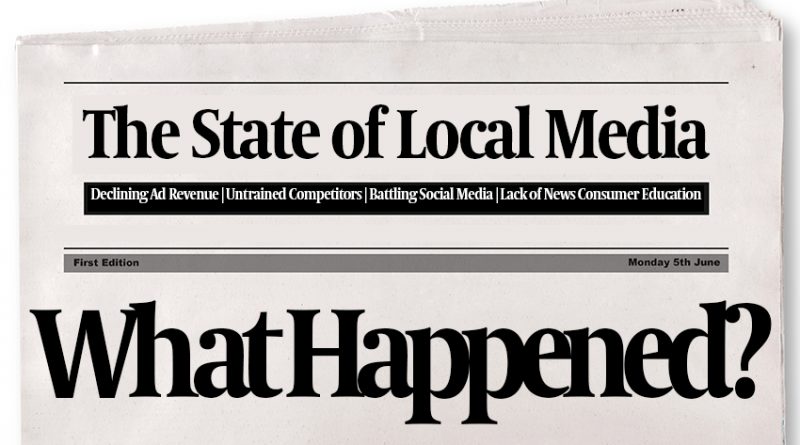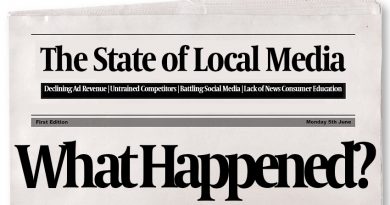Editorial: Beware the dreaded press release
By Brandi Makuski
News literacy—the ability to determine fact from fiction and news from opinion—cannot exist without responsible, ethical, and thorough news reporters.
But the past several years have been rough for journalists and media organizations across the United States. According to the Bureau of Labor Statistics, more than 3,000 journalists lost their jobs in 2019. The numbers got worse in 2020: in the first six months of this year alone, 11,000 journalism jobs were eliminated.
Those jobs have not been refilled. In fact, it’s created a slew of news deserts across the nation: communities no longer served, or underserved, by local reporting.
It’s placed even more pressure on already-stressed reporters to fill quotas, deadlines, and space, with content relevant to readers. Pile on additional stressors when news outlets have to compete with Facebook pages of local businesses, police and fire departments, and community organizations that once relied on the news media to distribute information.
One easy, albeit cheap, shortcut to fill content for overburdened staff members is the “press release.”
A press release is just what it sounds like: a release of information to the press, written by an elected official or their proxy, a business owner, an employee, or another representative from an organization’s communication office. While it isn’t a news story, it usually contains some of the elements of what becomes a news story: who, what, when, where, and why.
In some cases, media organizations are cut out of the process entirely, as some groups turn to social media to distribute a press release, removing any chance of an actual news story being crafted from the information—and providing whoever sees it only a small piece of what’s happening, or worse yet, inaccurate information.
In nearly every instance, a press release shines a positive light on a specific individual (often an elected official) or their actions, promotes an upcoming event, or endorses a business, organization, or product. They often, though not always, contain opinion and flowery language designed to support its message.

In some cases, a press release takes the form of an alert, as with a school cancelation, road closure, or weather bulletin. Even in these cases, they contain few, if any, of the elements required for a news story: multiple, cited sources, and a few good quotes, surrounded by supporting information for context.
When it’s published verbatim, a press release is nothing more than free sponsored content: a thinly-veiled advertisement, something organizations or companies would pay a media outlet to publish (and still do, in some circumstances). Unless it is labeled as “sponsored content” or some similar disclaimer, it’s being published under the ruse of trustworthy journalism, even though it is not.
Unless it’s a legal notice, classified ad, open letter, or obituary, a submission by a third party should never be published “as is.”
So, how can you spot a press release? The best way is to check for a byline. If a story has no author or contains a byline of, “For the Metro Wire,” it’s usually a press release, and may not be trustworthy.
As journalists across Portage Co., and beyond, are dealing with the stressors of doing more with less, publishing press releases mislabeled as “news” may present some relief, but it’s an irresponsible shortcut. It only puts a damper on news literacy, and only lends credence to the phrase, “fake news.”




